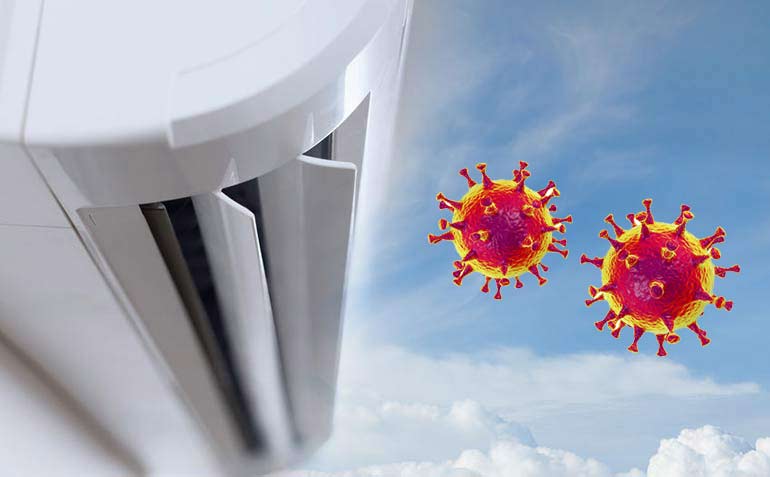
Predicting viral infection outbreak is an insurmountable task, even for the experts. There are possibilities of interrupting the rapid viral transmission and spread of diseases when viral outbreaks such as the Covid-19 pandemic occur as one of the primary focuses from a medical perspective is to develop antiviral medications or vaccines as soon as possible. Although the development of such vaccines and medications takes many clinical trials and months of time to be production ready.
In absence of such a vaccine, managing and containing the spread of a new viral outbreak can seem unconquerable. However, various measures such as social distancing and hand hygiene can control the spread of the virus and ultimately flatten the curve.
The World Health Organisation has now confirmed that COVID-19 survives under certain indoor air conditions. The head scientist of this disease has urged hospitals to better manage their air quality for staff when treating patients. Public should also need to understand how air humidification levels impact viruses.
An investigation carried out by Dr Stephanie Taylor suggests that variables that contributed to new infections, dry indoor air was found to be one of the factors contributing to the higher rates of infectious and inflammatory diseases in building occupants. Coronaviruses have been found to be resistant to environmental changes and are susceptible to higher humidity levels i.e above 80% and temperature above 30%. These temperature settings are not acceptable in a building setting due to reasons such as thermal comfort and microbial growth.
There is ample research data that show maintaining indoor relative humidity at 40-60% benefits building in various ways. The viruses and bacteria carried into a midrange relative humidity zone are less infectious and also assists the immunity system to fight against bacterial and viral infections.
With no current regulations on the minimum humidity levels in most commercial buildings, a mechanism to control the creation of dry indoor air quality conditions that foster aerosol transmission should be in place. The proposed 40-60% humidity level will
assist in decreasing exposure to various infectious particles and reduce the transmission of viral infections.
Building managers and the overall management team play a crucial role in reducing the spread of illnesses such as COVID-19. Particular attention should be paid towards properly humidifying and ventilating buildings to reduce the transmission of viruses.
The droplets released during a sneeze, cough or breathing can travel to the HVAC system through air when the air is dry.This can lead to infection within the occupants even though they may have not been exposed to an infected person directly.
While the concept of airborne transmission sounds alarming, managing and maintaining buildings within the “magic zone” of 40-60% relative indoor humidity is attainable and can help in controlling the virus. This strategy of relative indoor humidity not only assists in the decrease of infectious pathogens but also helps in improving human immunity.
Studies also suggest that better hygiene, commissioning, operation and maintenance of air-handling systems is particularly important in reducing the negative effects of heating, ventilation and air-conditioning systems.
If you need help to understand what you should do with ventilation and AC systems in this pandemic, please feel free to
call Karsons Consulting today 020 3282 7605 or info@karsonsconsulting.com
Karsons Consulting are members of the Chartered Institute of Building Services Engineers, The Association of Consultancy and Engineering, British Institute of Facilities Managers and the Building Services Research and Information Association.